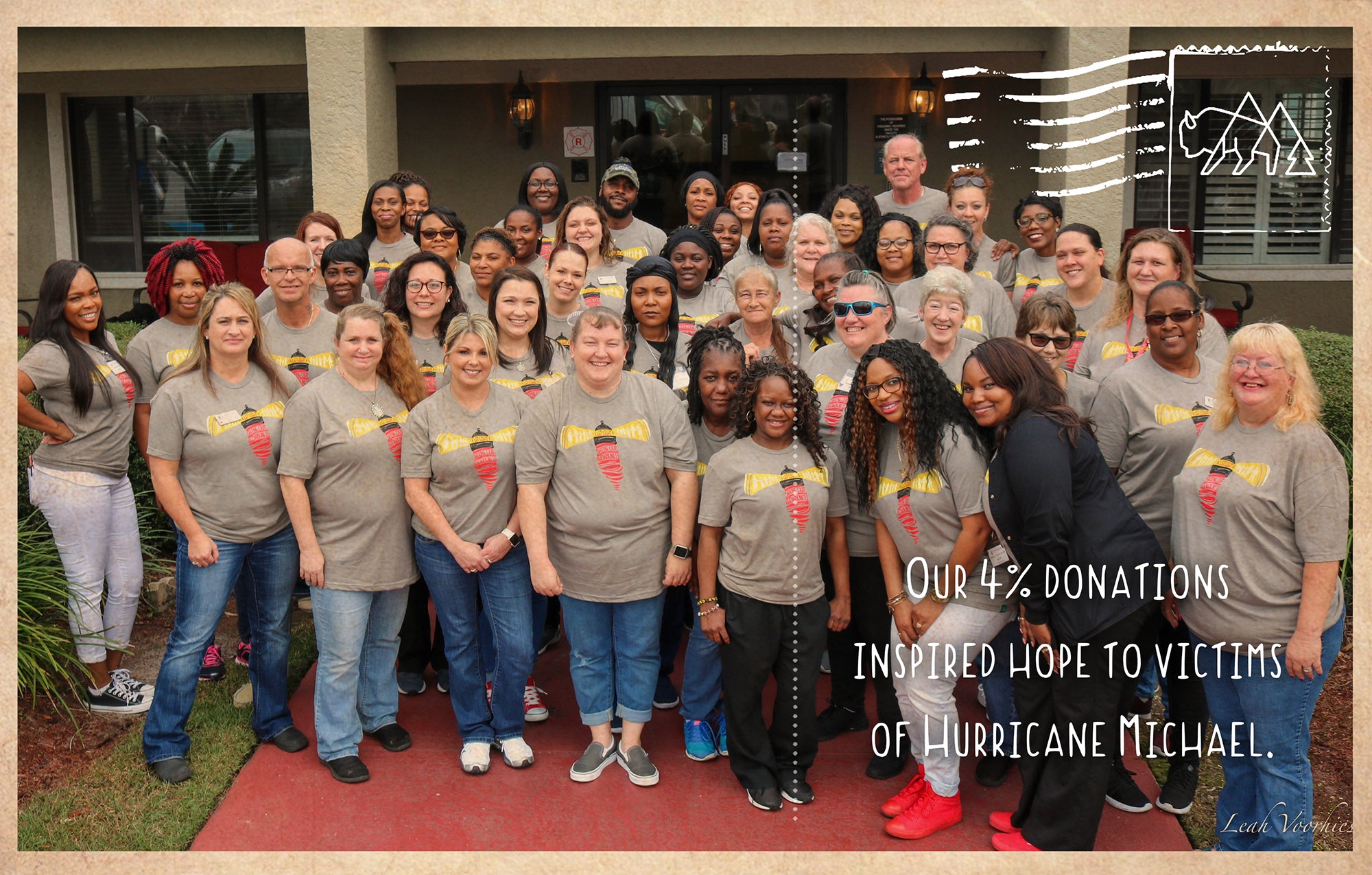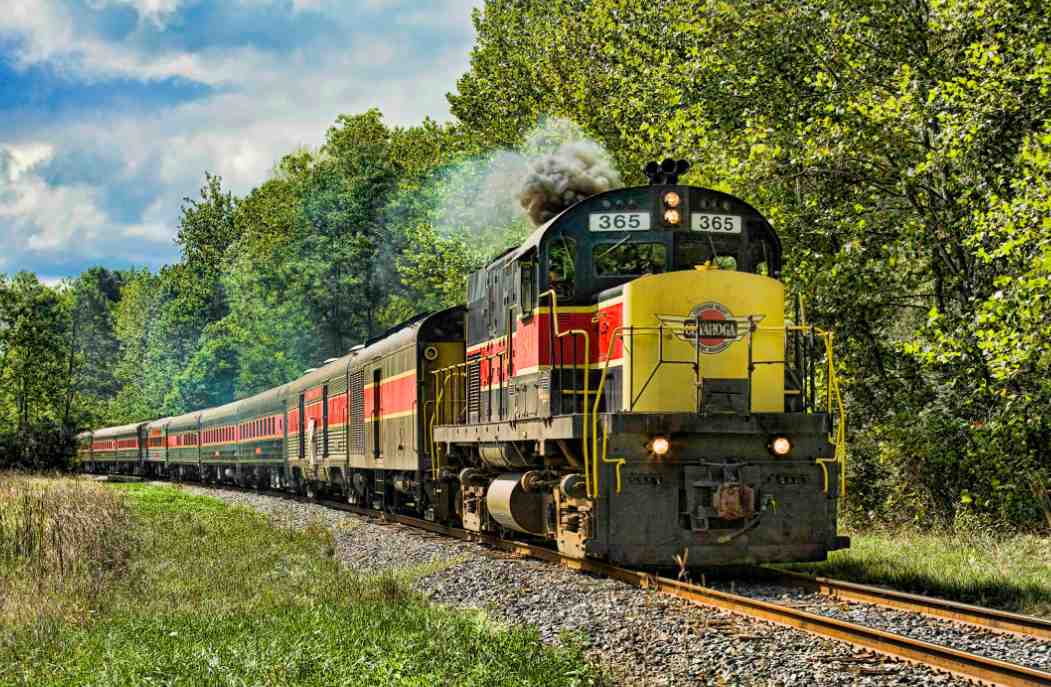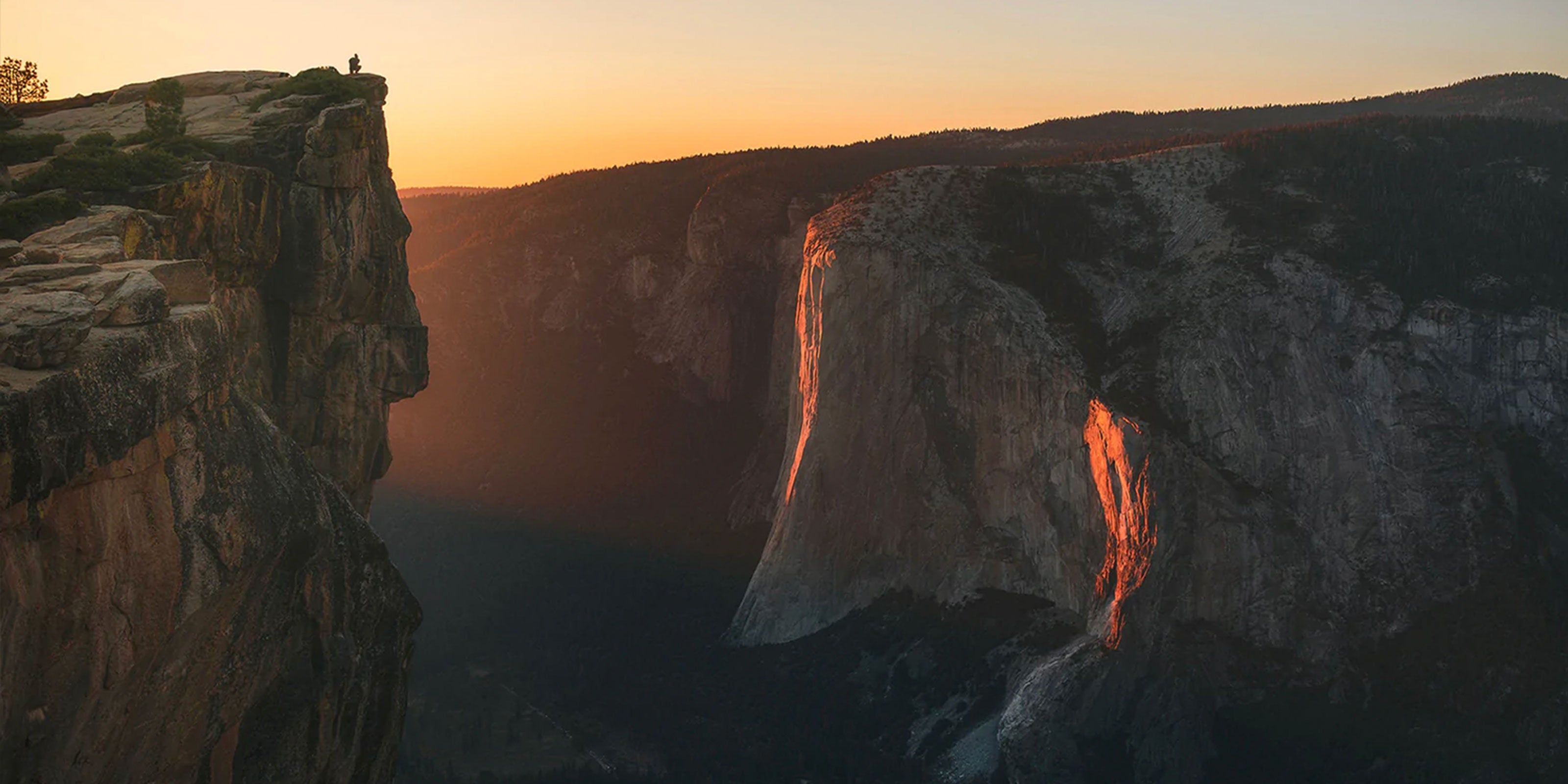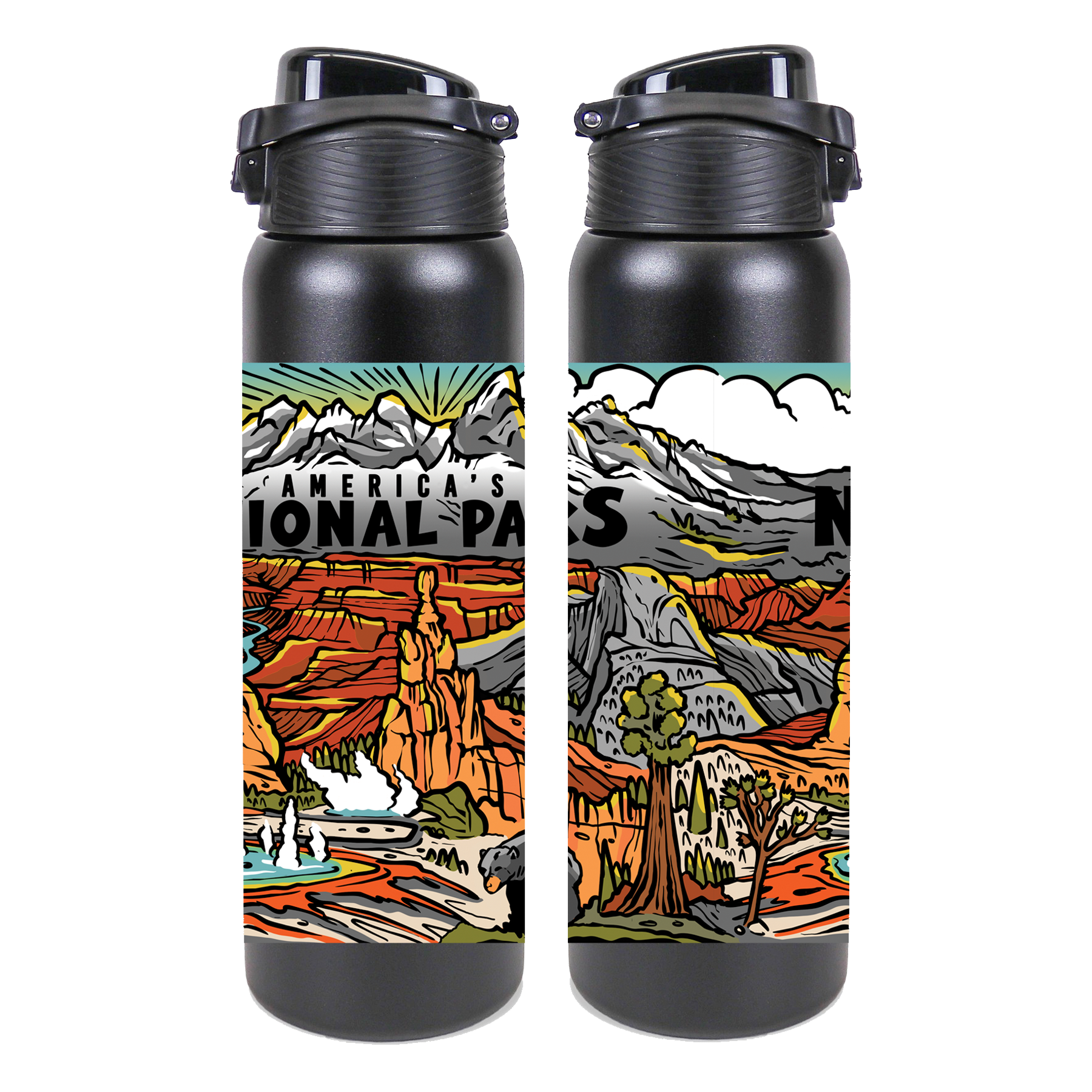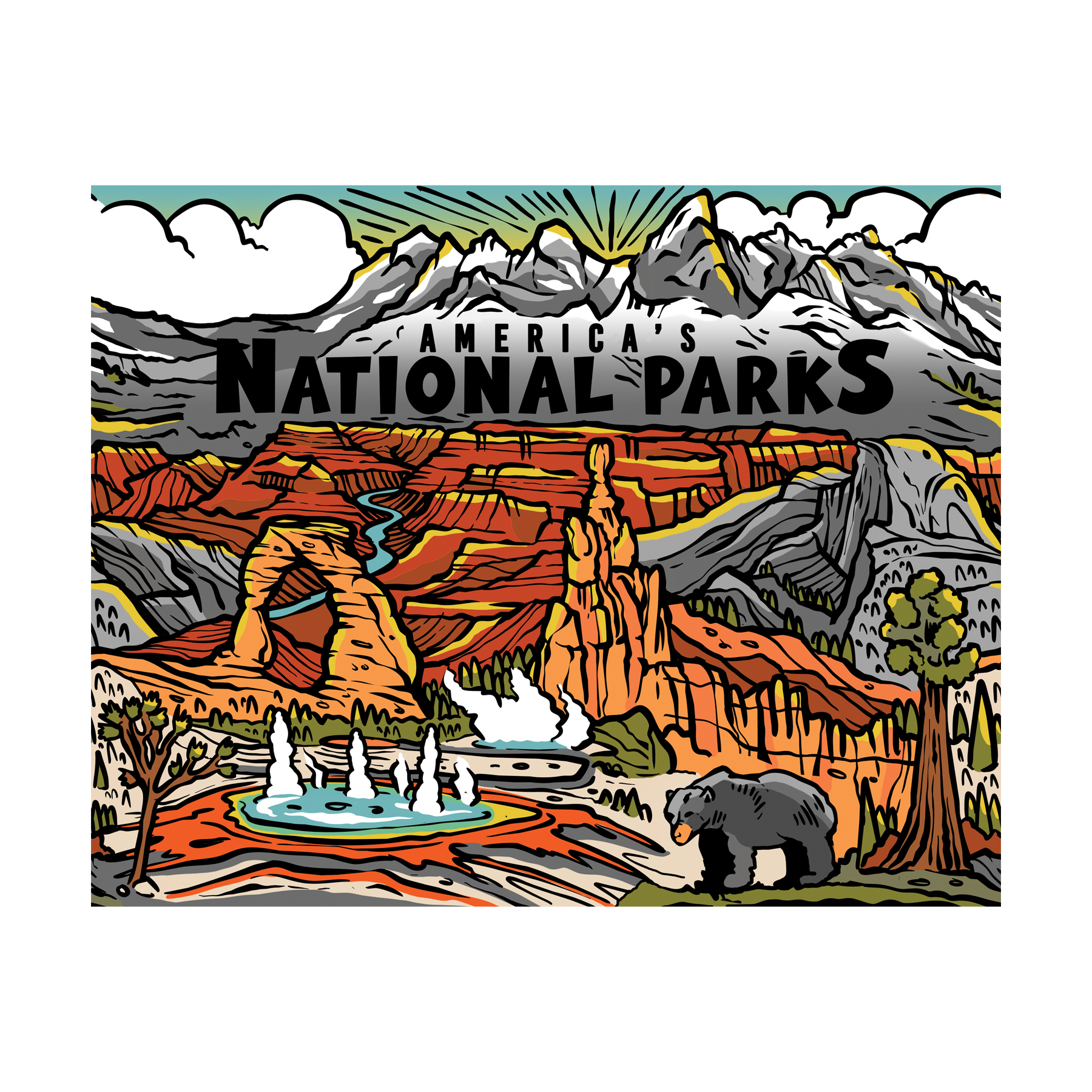Beyond its otherworldly landscape shaped by volcanic forces, gradually rising from sea level to 13,679 feet, and inhabited by the rare nene and spectacular native ohia-lehua tree, Hawaii Volcanoes National Park is one of a kind within our national park system. In fact, you can argue the park’s constant element of change is its defining, unique characteristic. This is evidenced by a section of the popular Chain of Craters Road that was swallowed by molten lava, or most recently, the latest spate of volcanic eruptions and related earthquakes that has since spurred the (hopefully temporary) departure of the park’s 10-year, flagship natural spectacle - Kilauea's awe-inspring summit lava lake and glow.
Stop and think about this. There are few world class destinations on the planet that offer a materially different visitor experience to separate generations within a lifetime. Sure, climate change is and will continue to impact all of our public lands, but these alterations to landscape (e.g., glacier melt) and habitat typically are gradual and do not happen overnight. The events beginning in April 2018 not only forever changed the makeup of Hawaii Volcanoes National Park and its surroundings, but as heavily publicized in the media, also had a profound impact on those at the epicenter of the park’s new chapter.
 Photo Credit: Sophia Yan and Audrey McAvoy, Associated Press
Photo Credit: Sophia Yan and Audrey McAvoy, Associated Press
The force and unpredictability of Kilauea’s course is undeniably drama at its finest. The fact that the park closed in May of 2018, let alone for an extended period, is testament in itself. The public's access and ability to witness the frequent eruptions of Mauna Loa and Kilauea has always been the park's trademark. But this was different. The park many of us “used to know” now is entirely altered in particular areas, which is both exciting and recognizably difficult to fully comprehend. Beyond Kilauea's extinguished glow, the Halemaumau crater within the Summit Caldera tripled in diameter and deepened from 280 feet to a staggering 1,600 feet. Visitor attractions such as the Jaggar Museum and the Thurston Lava Tube remain closed indefinitely due to excessive damage sustained. The onslaught of over 60,000 earthquakes large and small on Kilauea in 2018 - including one of 6.9 magnitude - forever changed the landscape and human realities of the over 300,000 acre park.
 Photo Credit: www.volcano.istad.org
Photo Credit: www.volcano.istad.org
The resulting hardships as the park recovers from the aftermath of the vulcanological activity and 130+ days of closure are sobering. Stories within the community are abundant and easily under appreciated. Beyond physical damage and necessary remediations, non-profits and businesses dependent on a thriving Hawaii Volcanoes National Park not only had to absorb the losses associated to being closed in parallel to the park for more than a fiscal quarter, but now also must adapt as visitation remains substantially reduced from previous levels.
For instance, Hawaii Pacific Parks Association (“HPPA”), the official Cooperating Association of Hawaii Volcanoes, manages their park stores within Kilauea Visitor Center and Jaggar Museum, while in turn works directly with the National Park Service to fund special projects, educational programs, and interpretive opportunities derived 100% from the organization's profits. The extended closure of the park - the longest in its history - was exacerbated by the government shutdown in early 2019, which together subsequently has impacted jobs and has severely challenged the organization's mission to financially support Hawaii Volcanoes National Park and other national park sites they serve. The stakes have also been heightened by Jaggar Museum’s closure – HPPA’s primary revenue driver. It's simple math. If their business suffers, the park suffers, as do related businesses, visitors, and staff.
 Photo Credit: USGS Photos
Photo Credit: USGS Photos
New life and associated hope reflected in the park’s new landscape is its new characteristic glow, but it has come with a price. This is how you can help. Follow Wild Tribute's 4 the Parks lead in proudly donating to HPPA to not only jumpstart the continued rebuild of Hawaii Volcanoes National Park's infrastructure, but also to help stabilize the association and the lives of their employees. Most importantly, embrace the change at the park and visit! And of course, while you're there, support the park by purchasing a gift at one of the HPPA managed stores (recall, its more than a gift...).
HPPA is a nonprofit cooperating association working in partnership with the National Park Service in Hawaiʻi and American Samoa. Proceeds from its park stores support interpretation, educational programs, research projects, publications, and cultural activities. Our core purpose is to inspire visitors and to foster meaningful connections to the parks—for the preservation and enjoyment of the parks forever—all with a spirit of aloha.
To accomplish this goal, HPPA:
- Publishes and distributes educational books, guides and other materials;
- Funds visitor center exhibits, park libraries, and museums;
- Provides information assistance, sponsors free cultural demonstrations and festivals;
- Supports conservation efforts such as the endangered nēnē recovery and hawksbill sea turtle projects.
Since its creation in 1933, the association has contributed over $20.2 million in direct aid and other support to the following parks – Haleakala National Park, Hawaii Volcanoes National Park, Kaloko-Honokohau National Historical Park, National Park of American Samoa, Pu’uhonua O Honaunau National Historical Park, Pu’ukohola Heiau National Historic Site. Become a member or donate here.

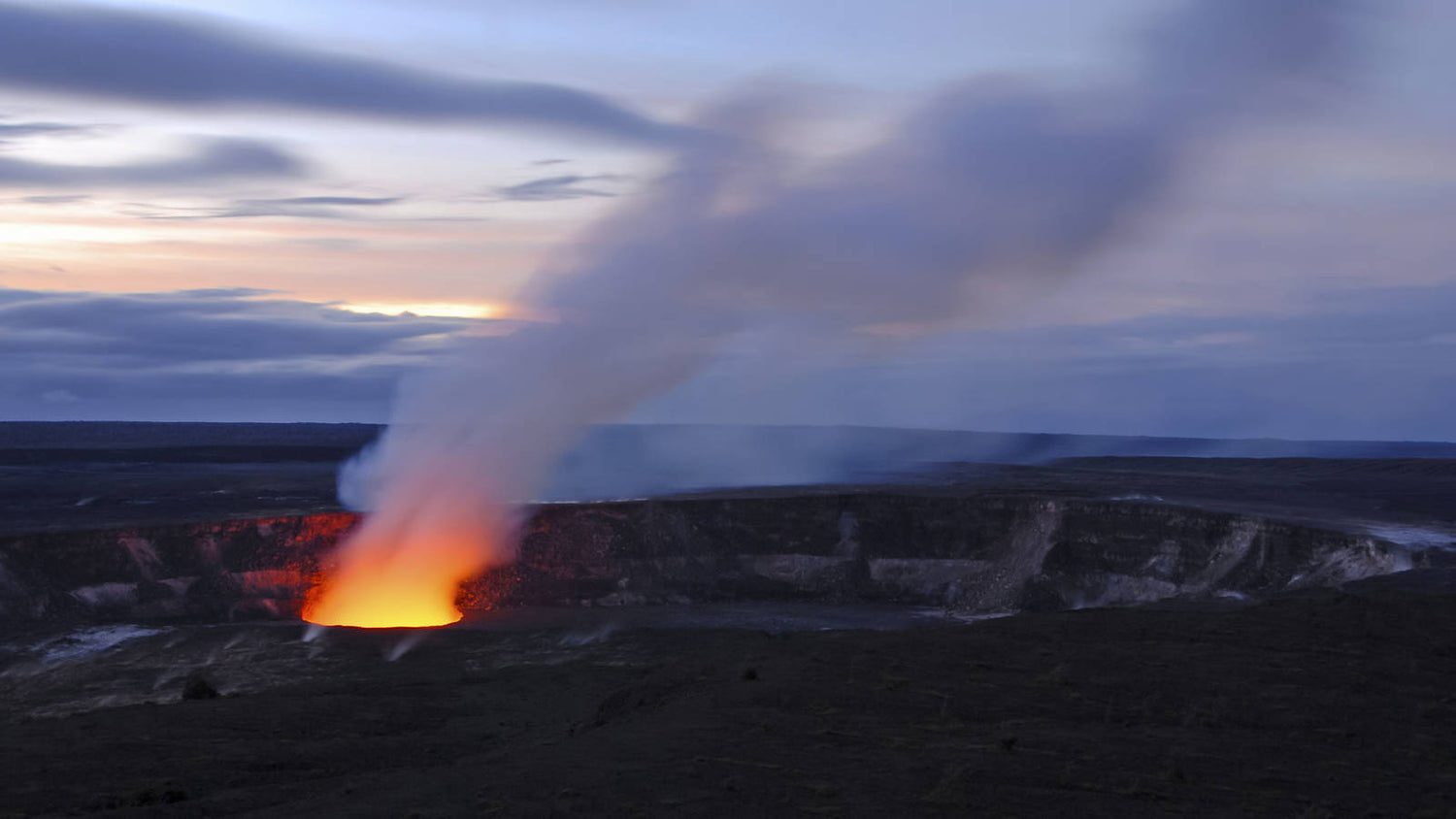
 Photo Credit: Sophia Yan and Audrey McAvoy, Associated Press
Photo Credit: Sophia Yan and Audrey McAvoy, Associated Press
 Photo Credit: www.volcano.istad.org
Photo Credit: www.volcano.istad.org
 Photo Credit: USGS Photos
Photo Credit: USGS Photos
